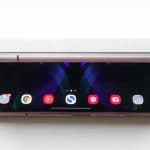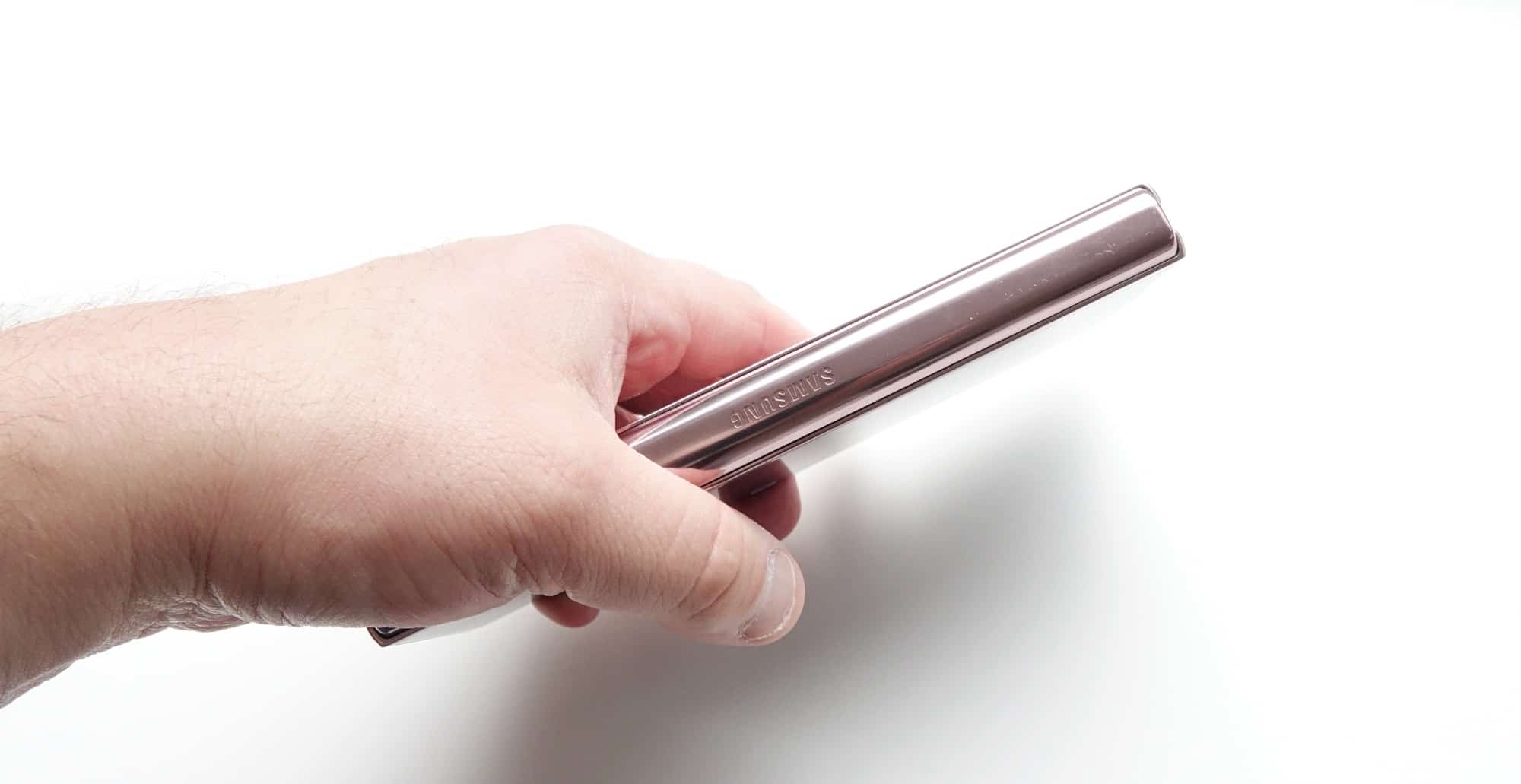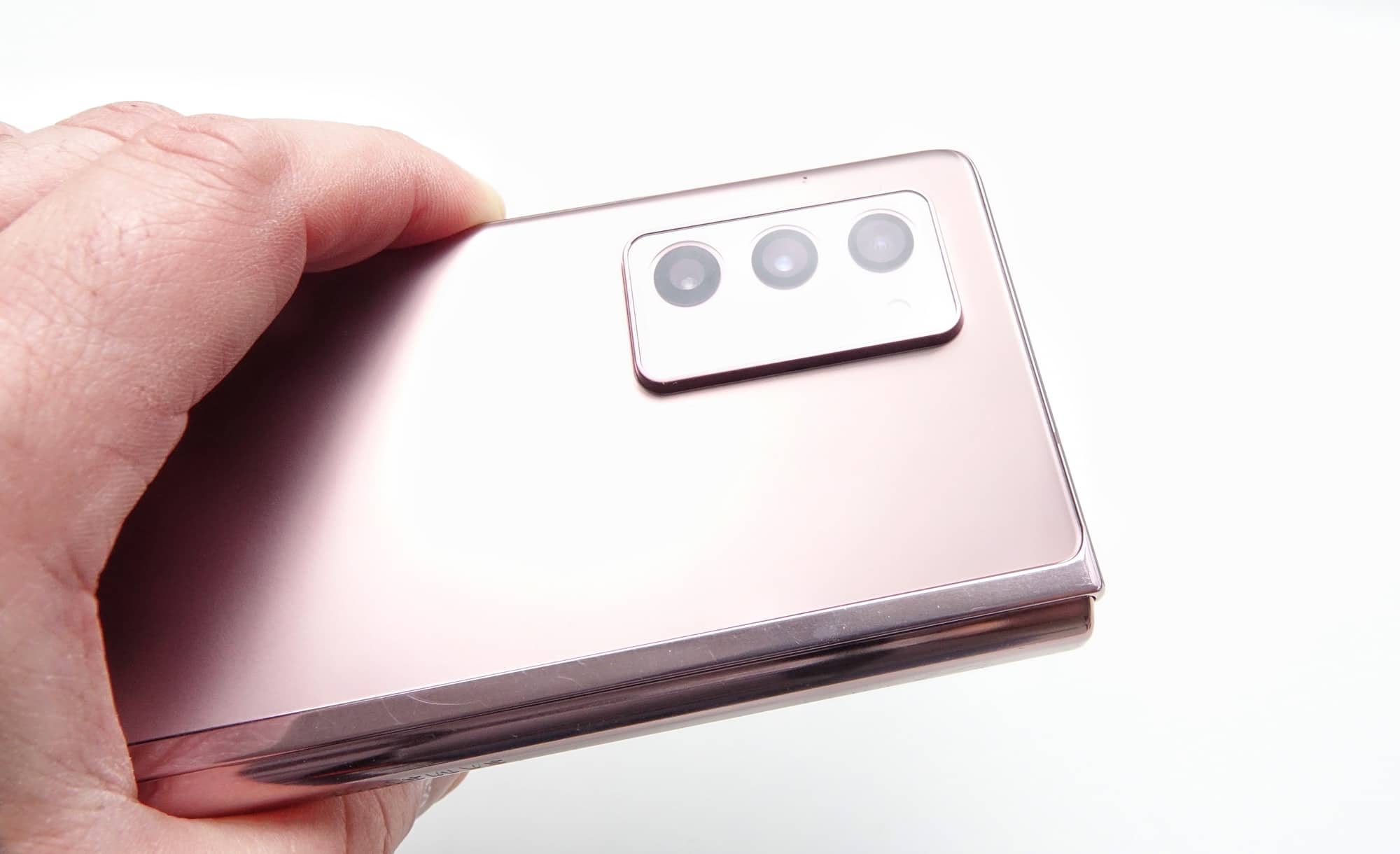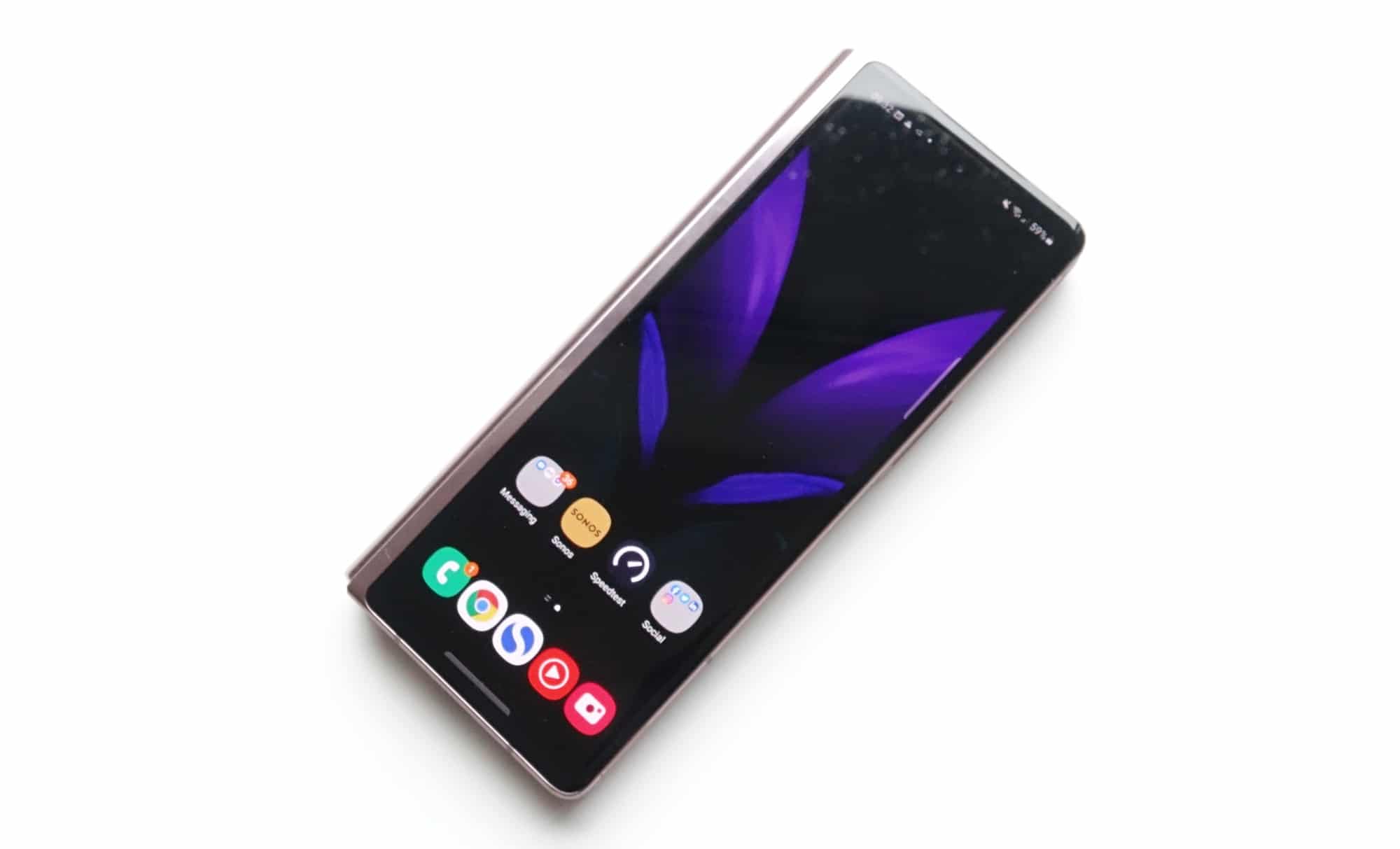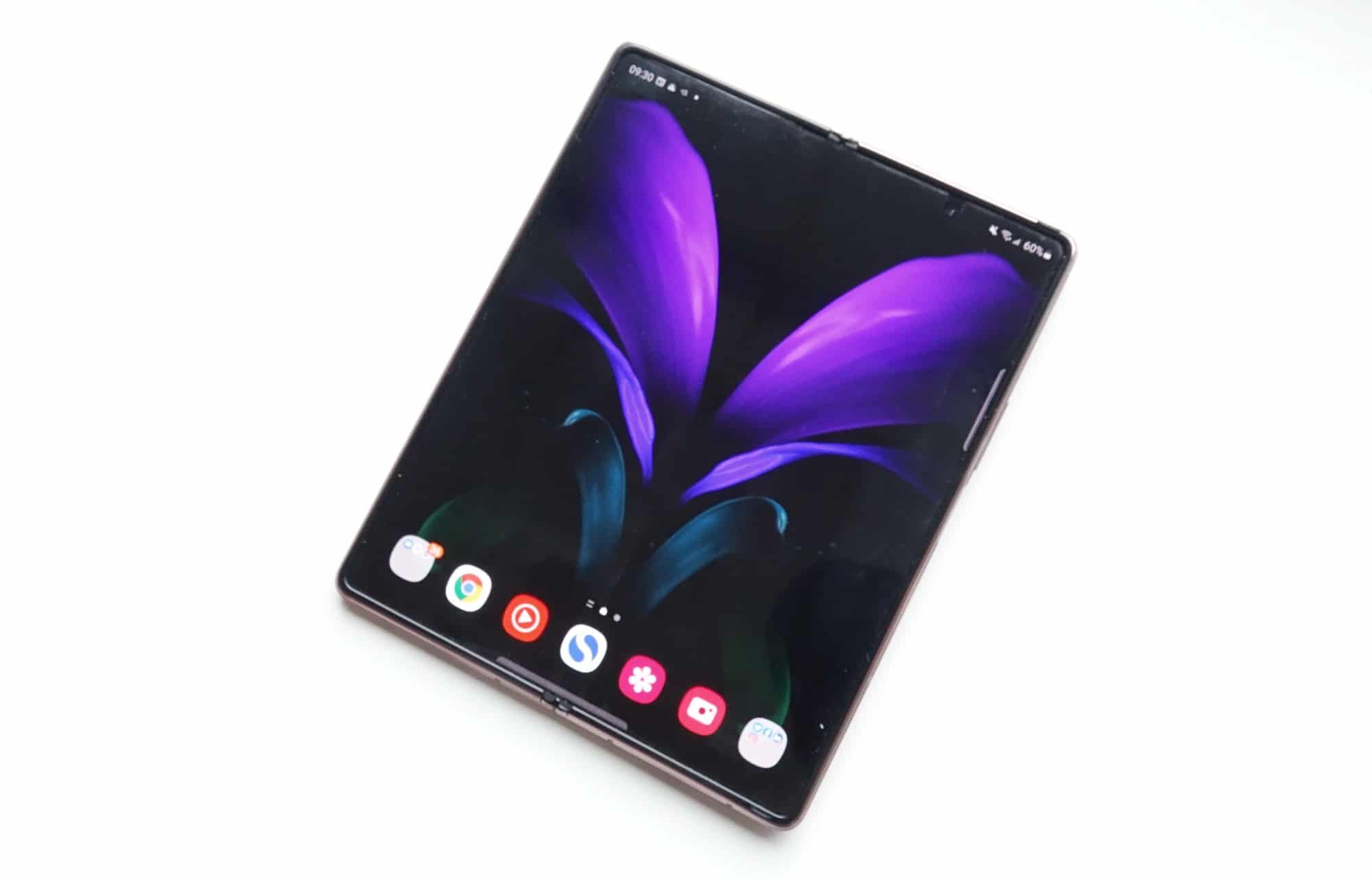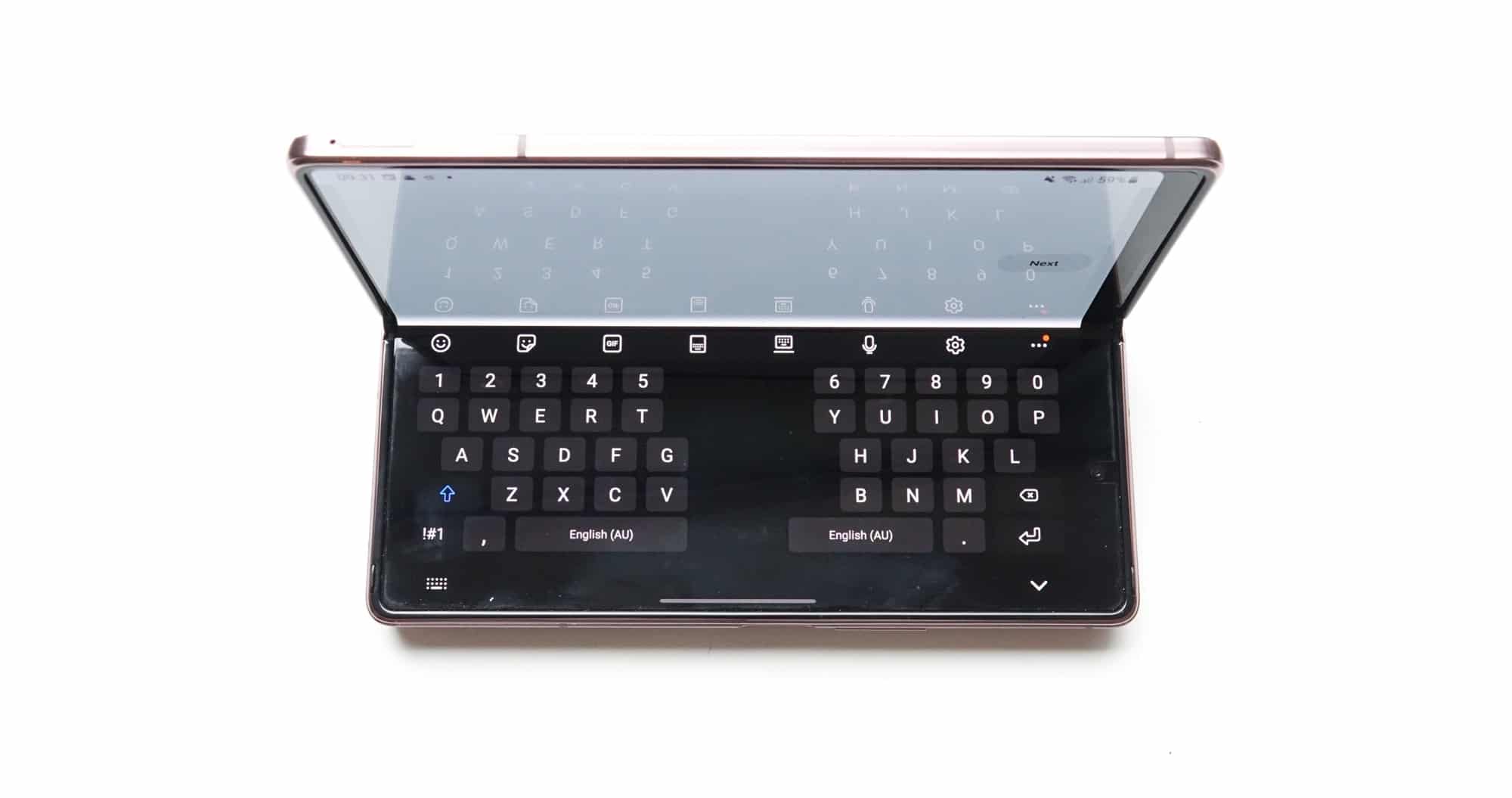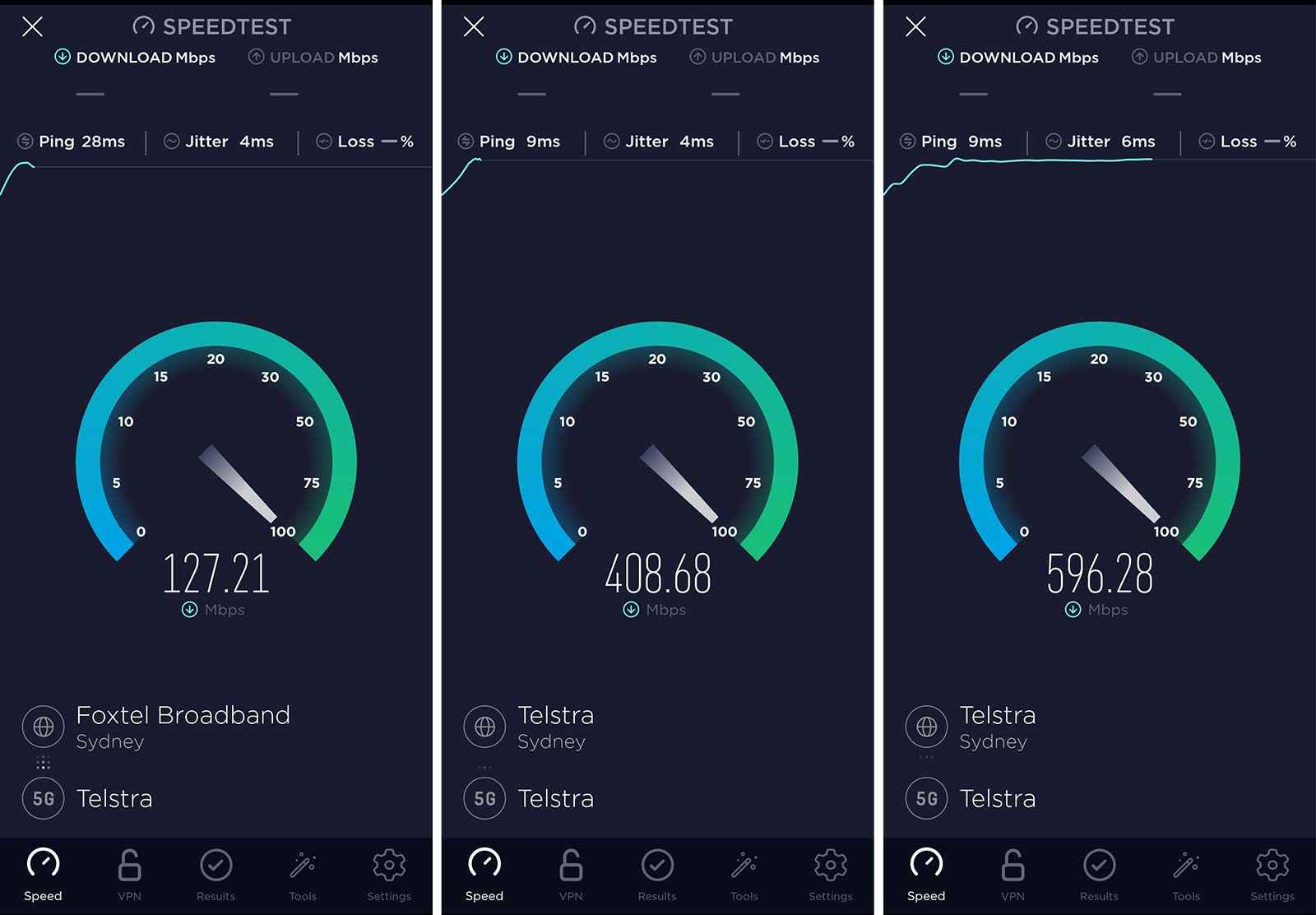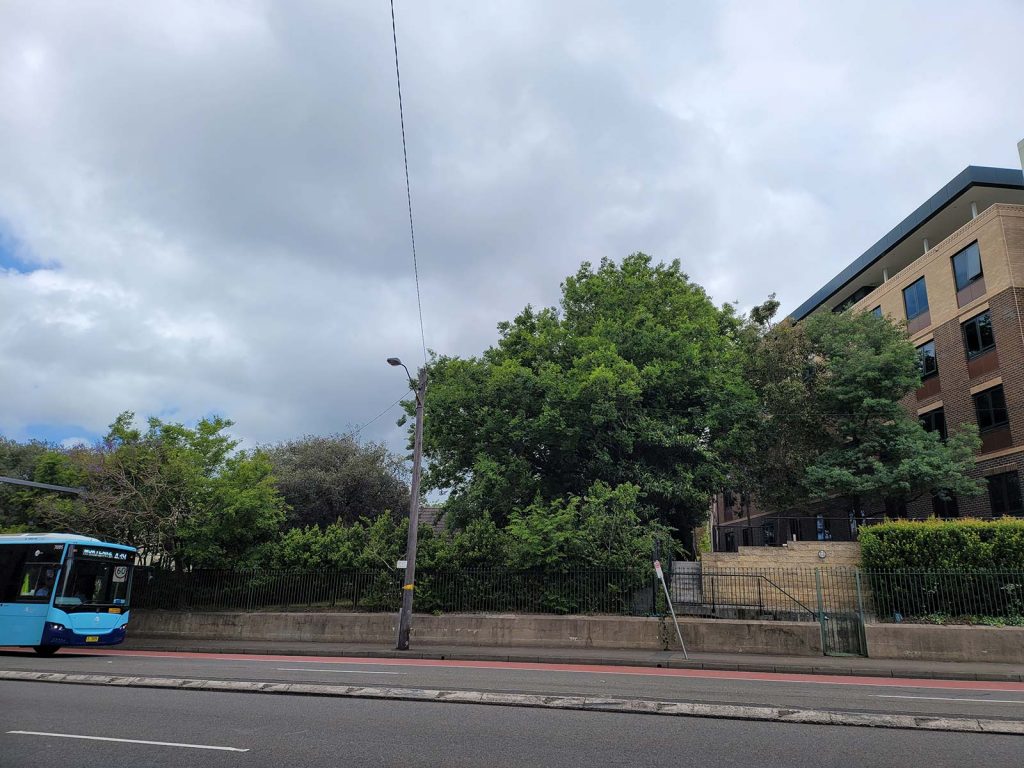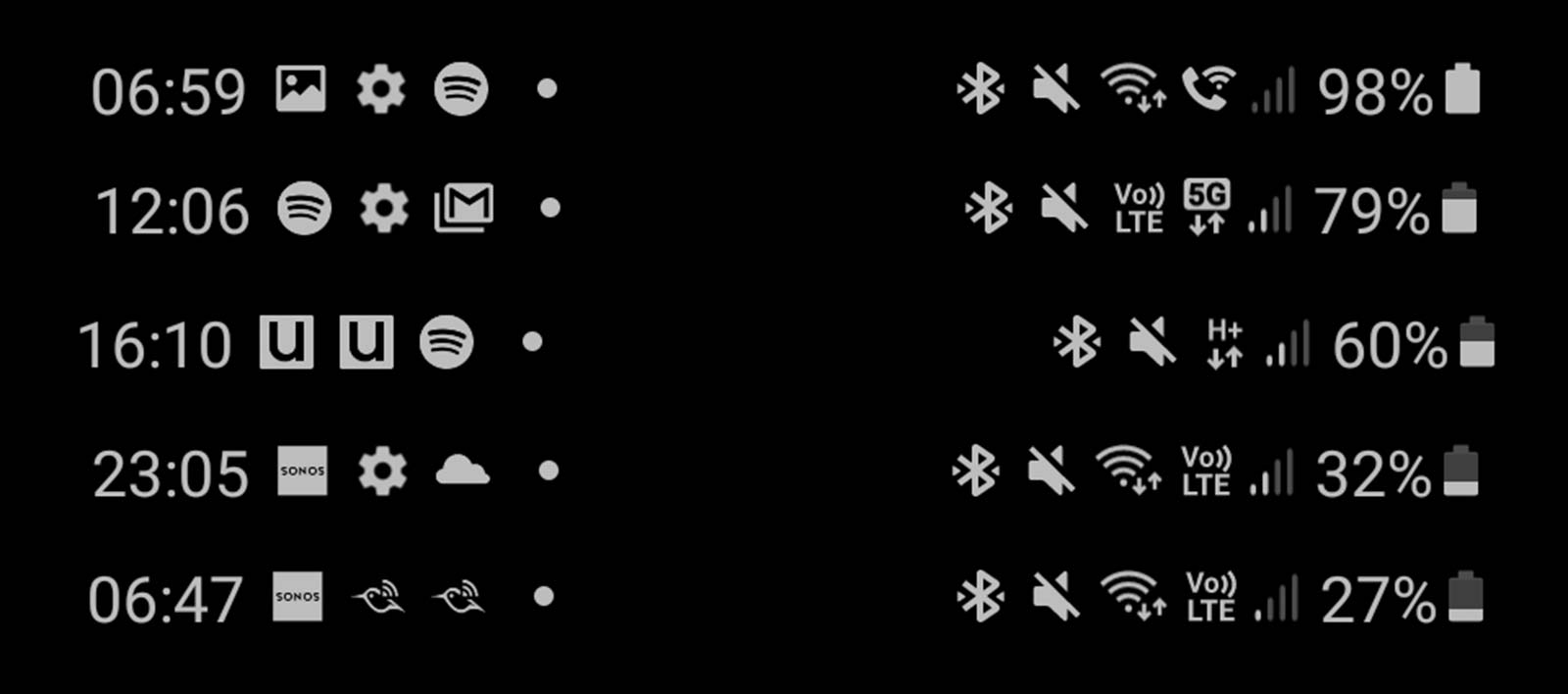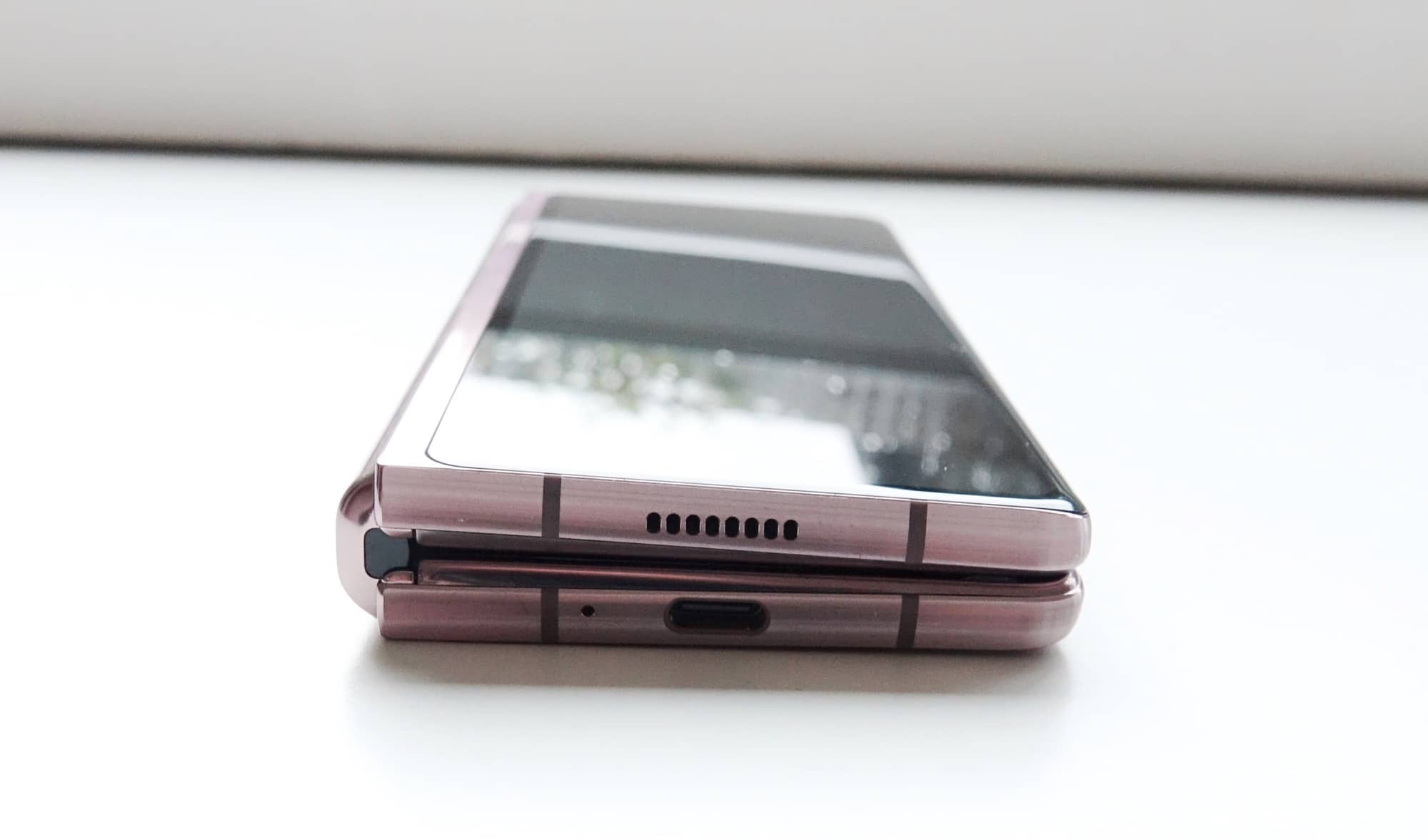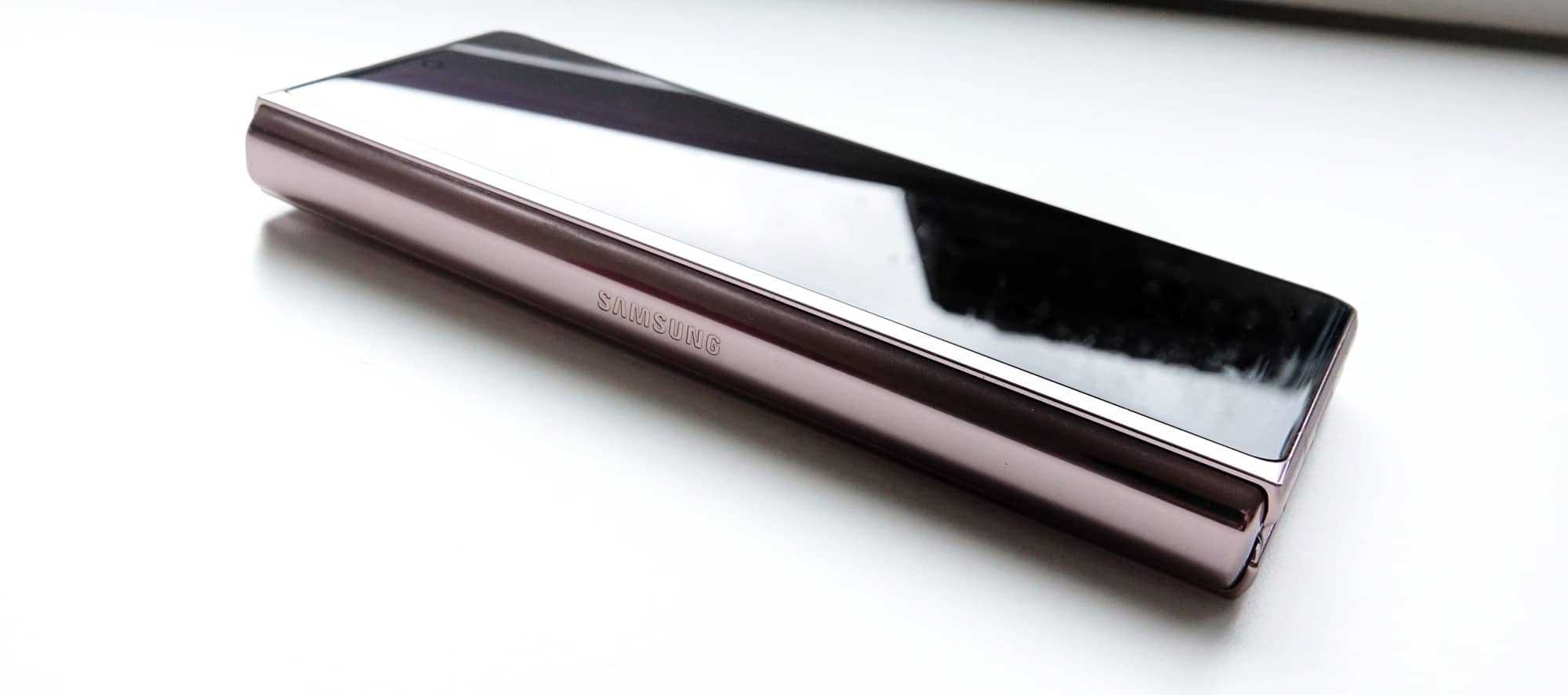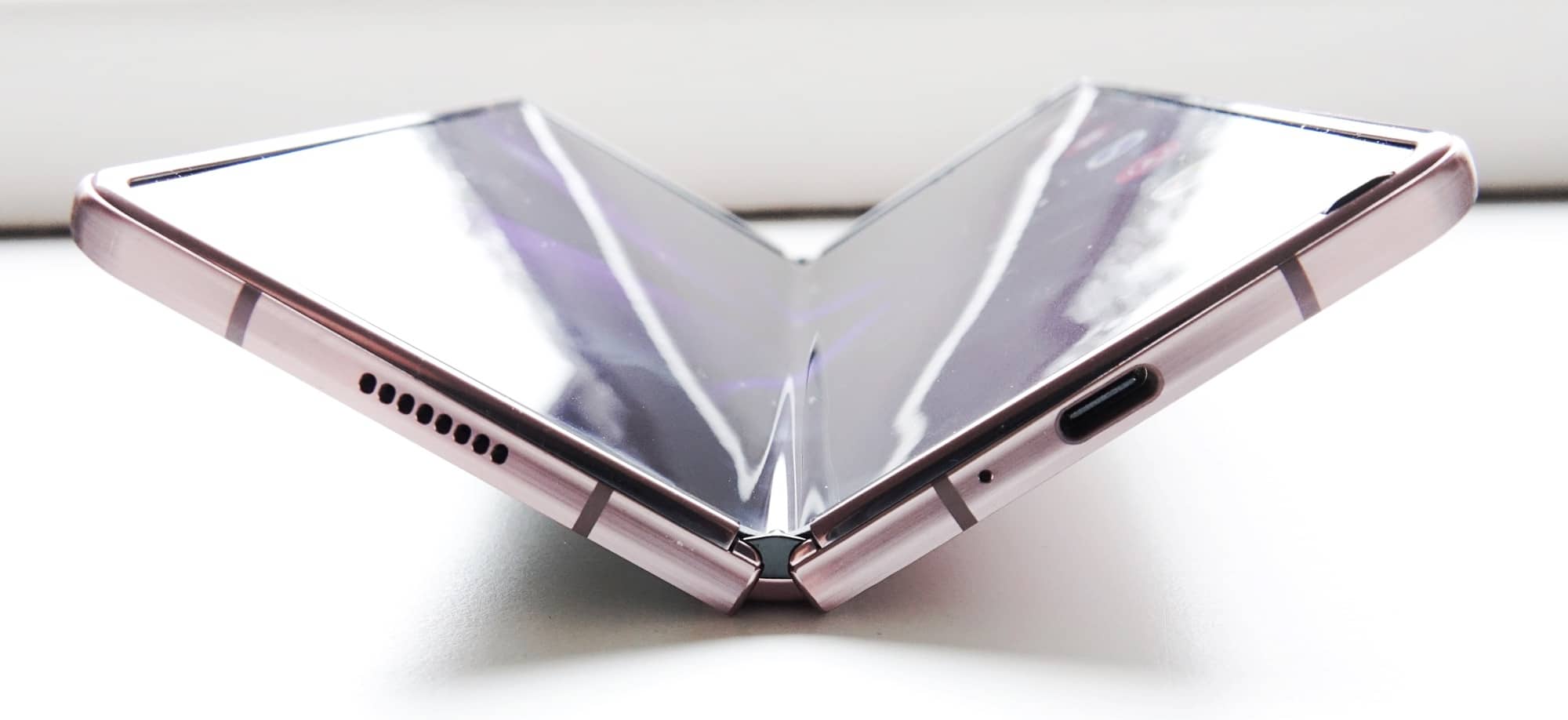Quick review
The good
The not-so-good
The foldable revolution is still happening, but happening slowing. 2019 wasn’t quite the year that foldables made an impression, and this year, there’s more happening. Is the second-gen Galaxy Fold 2 worth turning over cash for, or is a phone without folds the way to go?
Phones are changing, and you only need to look at the landscape of positively huge devices to see how: size is important, because these things are more like computers these days.
Hands up all who use their phone more often than they use their computer, or even who use their phone like they would a tablet. Okay, put your hands back down and keep using your phone, because there’s a strong chance a lot of you have just taken your hands off your phone and can’t flick down the rest of the screen.
Big phones are a big deal, and part of the reason many of us update. The bigger the screen, the better that mobile web experience might just be, and the bigger the battery you’re going to get, as well. You can find big phones at all price points, from below $200 to in excess of $2000, but they’re all typically about delivering a bigger experience for your mobile browsing, apps, games, and just about everything else you can use your phone for these days, convergence and all.
But one category has the potential to help phones converge in a new way, and shift them into a proper replacement for tablets and computers by effectively turning them into tablets overall. Not just a phone with a big screen, but a big phone that can unfold into a big screen to be used as a tablet.
That’s one of the ideas represented by the foldable phone, and Samsung’s Galaxy Fold was one of the first. Arriving last year, it delivered a great idea along a side a price that wasn’t going to be favoured by all, and an execution that needed work.
A year later, Samsung is back with the Galaxy Z Fold 2, and more affectionately known as the “Galaxy Fold 2”. It’s almost obviously going to be better — phone follow-up almost always are — but has it raised the Fold line to a point where it will now make sense for folks to actually go out and buy?
Design
A little bit different from your regular phone, the Samsung Galaxy Z Fold 2 can come off looking like a Samsung Galaxy Note 20, provided you don’t consider the thickness.
The front is pretty much all screen, even if it’s a thinner screen than phones typically offer these days, while the back offers three cameras in a design not unlike the Note 20, complete with the extruded block the Note 20 cameras sit in.
Overall, the Galaxy Fold 2 looks like a thinner take on the Note 20, until you check out the sides.
About the thickness of two phones, the Galaxy Z Fold 2 measure 16.8mm thick, making it positively chunky and about the size of two phones squished together. Weighing in at 282 grams, that thickness shows up in genuine heft, and much like last year’s Z Fold, the whole thing can feel like two phones smushed together and connected by a rather obvious hinge, which says “Samsung” on the side, just in case you had no idea who made it.
But it’s not far off two phones smushed into each other, because when you open the design and let that hinge flatten, you’ll find a big 7.6 inch screen waiting for you, with the design becoming more clearly a tablet rather than a phone. Closed, there’s a tall 6.23 inch screen on the outside, with a positively lengthy take on a display.
In short, the idea in the Galaxy Fold 2 is more or less a better take on what Samsung delivered last year, but the execution feels more solid. The hinge is strong, the screens are now closer to the edges, and rather than feeling like a first effort, the second-gen Galaxy Fold is a whole lot more polished, more closely resembling Samsung’s big screen efforts in the Galaxy Note 20 and Galaxy S20 ranges this year.
Features
Under the hood, the phone is also very similar to both of those, though for an interesting change in Australia, we’re getting to see what the US normally receives. You might not realise it, but Samsung’s phones in the US and the rest of the world are typically different.
Here in Australia (and indeed parts of the rest of the planet), we typically see Samsung’s Exynos chips in our flagship Samsung phones. Over in the US, folks see Qualcomm’s chips in flagship Samsung phones. And yet the Galaxy Fold 2 changes that, with a Qualcomm Snapdragon 865+ arriving for this model.
It’s a cute change, though one that you won’t likely realise any difference on: both are fast, and paired with 12GB RAM and 256GB storage, there’s plenty of specs on offer for the Galaxy Z Fold 2, though there’s no microSD slot to expand things.
You’ll find three cameras here, all set to 12 megapixels and supporting across standard wide (F1.8), ultra wide (F2.2), and telephoto (F2.4), with 4K video in action here, though there’s an absence of 8K capture like on this year’s S20 range.
There is plenty to offer on the connectivity side of things, though, with 802.11a/b/g/n/ac/ax WiFi 6, Bluetooth 5, Near-Field Communication for payment and more (Google Pay, Samsung Pay), plus GPS, USB Type C, and 5G, as well.
Android 10 arrives on the Galaxy Fold 2 out of the box, and there’s a fingerprint sensor found on the side in the power button. Samsung even includes its support for the DeX desktop experience.
Wireless charging is also supported, sitting atop a 4500mAh battery that you can’t remove.
In-use
Tablet. Phone. Tablet. Phone.
If you’ve ever struggled to work out which of these two devices you’d like to carry with you, something like the Galaxy Z Fold 2 could make a lot of sense, as it’s both devices in the one, and that means using it could be a little different.
Choose to use the Z Fold 2 like a phone, and you’ll likely leave the thing closed, with the large-but-thin 6.23 inch screen delivering a delightfully different phone experience, offering a big view, but a small space for your fingers to use. Typing on this size is a little different, but still definitely doable, though it can definitely feel as though if you’re keen to get anything done, you’ll want to open the Fold up.
Do that, and the experience improves, and your app alongside it, expanding to a 7.6 inch screen with a much wider aspect ratio.
Whatever you were using at the time opens up into a bigger experience, though some websites may need to be refreshed in order for the browser to realise that your view has just changed. This kinda thing is still new to how sites load, and so you might need to hit that refresh to make it look normal on that bigger screen.
In that bigger screen, you’ll find an experience more like a tablet, which may mean a different grip is warranted.
You can hold the Fold on both sides and try moving your thumbs across a keyboard to type, turning it into a split keyboard, and you can hold it in one hand and type with the other.
Or you can even try an approach that almost feels like a nod to the old Hiptop phones of the past, folding the phone in the middle and leaving the keyboard on one side and the typing screen on the other. It’s a bit like having your phone turn into a clamshell laptop, only small and still very reliant on your thumbs.
You can even change how the keyboard sits on the screen, which isn’t new for Android, but takes on a new reason for being useful when you’re matching the keyboard to where your thumbs go on either side of the screen’s divide.
In short, using the Galaxy Fold 2 can be like using a tablet, but it can also be like using a phone, like Samsung’s regular flagship phones from this year, the S20 and Note 20 range. Granted, they had fingerprint sensors in the screen, and seemed to perform a little bit better than the sensor we’re using in the power button on the side of the Fold 2, but this is as effective a phone, and also a tablet, too. Handy if that’s the sort of thing that makes you happy.
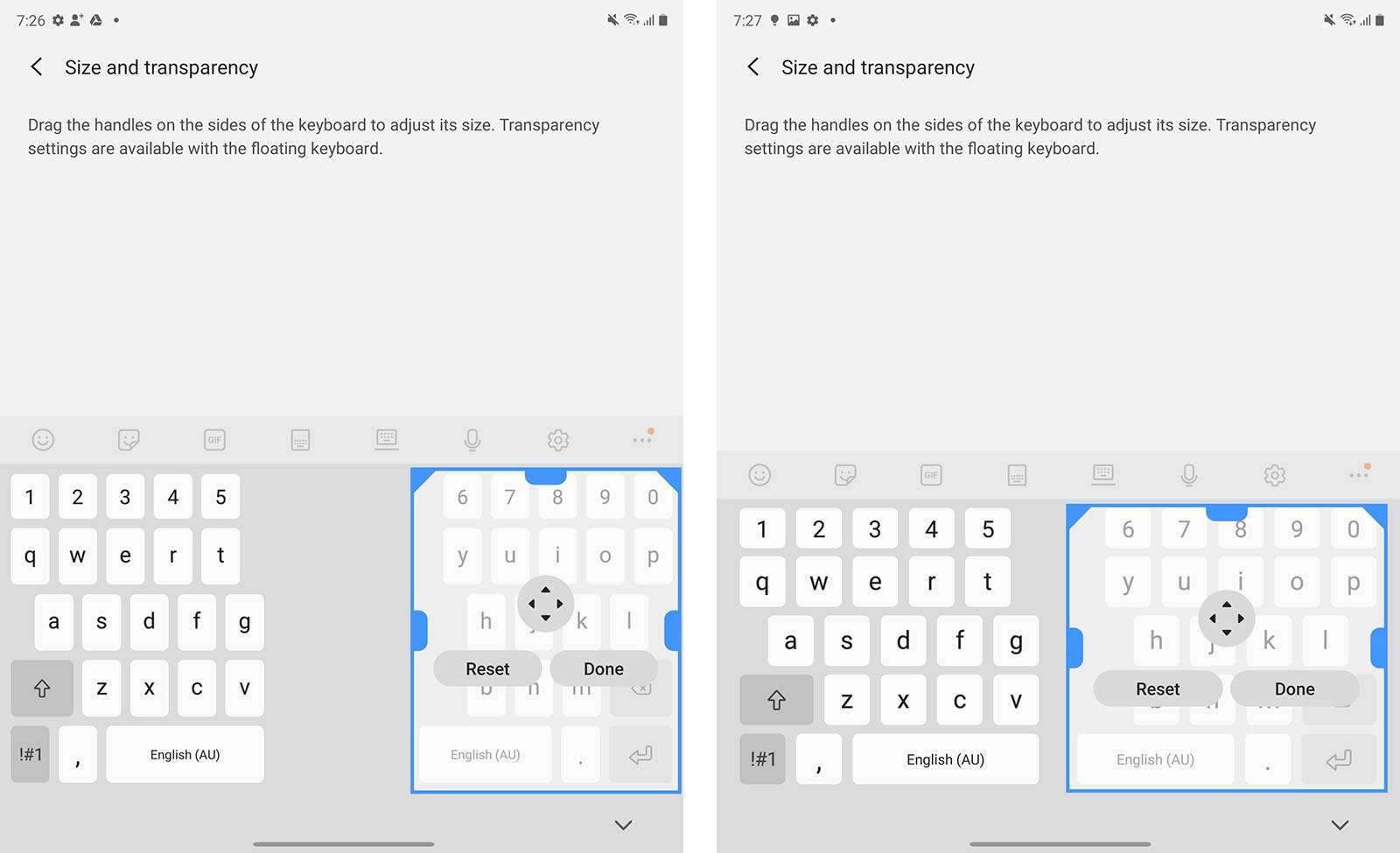
Performance
A little bit different from the Australian Galaxy S20 and Galaxy Note 20 range, the Galaxy Z Fold 2 comes equipped with a Qualcomm Snapdragon chip, as opposed to the Samsung-made Exynos chips we usually get.
That’s not a major issue, at least for performance, which sees the phone keep on keepin’ on in about the best way possible. Apps had little to no lag as we used the Fold 2, and the whole thing felt as smooth as we’d need it.
The same was true for 5G, which saw the Galaxy Fold 2 capable of hitting high speeds, though these are carrier dependent, as always. Tested with the Telstra 5G network in Sydney, we found speeds maxing out at 596Mbps, though your usage may vary.
Camera
The camera is also good, though not the best we’ve seen from Samsung’s efforts.
It’s hard not to want to compare this to other phones out there, even if there’s really nothing else like the Z Fold 2 given its design. However Samsung does make plenty of high-end phones, and that is what this phone will compete against when it comes down to it.
And yet Samsung also hasn’t equipped the Galaxy Fold 2 with the same camera technology that you can find in the others. There’s no Space Zoom or 108 megapixel sensor like in the Galaxy S20 Ultra, and it doesn’t even quite match what’s in the Galaxy Note 20 Ultra, either.
Rather, it’s more like a bit of a step down, and isn’t even like the module in the lower priced standard Note 20.
You’ll find three 12 megapixel cameras here, ranging between standard wide, ultra-wide, and telephoto, but that’s a drop from the 64 megapixel telephoto of the Note 20 standard, and the 108 megapixel of the standard wide on the Note 20 Ultra. Instead, the Z Fold 2 seems to adopt three cameras from across those two phones, but still not the same.
The result is an experience that’s fine, but not quite as driven as the rest of the range, which is frustrating. The cameras are good in daylight and acceptable at night, and the 10 megapixel selfie camera on the inside is the same as what you might be used to, but again, it’s not the same.
About the only area it feels like the Z Fold 2 has an edge in camera-wise is for selfies and using the better 12 megapixel camera array on the back. Because this is a foldable, you can open the camera and have the main front screen switch on, and the rear camera aimed at you, essentially giving you better images from that three camera setup on the back, and yet still a selfie mirror image from the front screen.
This is clearly one of the better features of the Galaxy Fold 2 camera, though we’re not sure it’s one you’d necessarily buy the phone for.
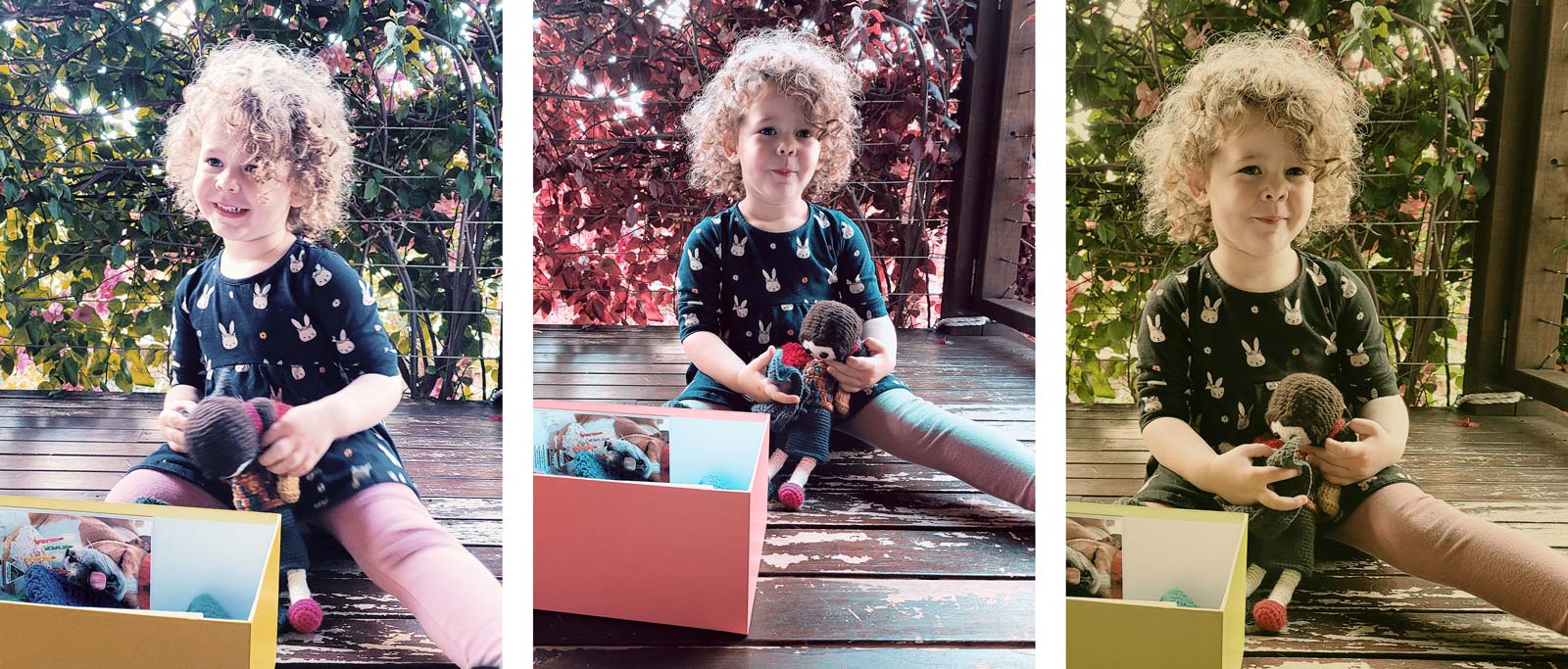
Battery
One area we weren’t sure what to expect from was the battery, because the 4500mAh battery is big for a phone, but may not be big enough for a combination of two screens and a 5G connection.
And yet, Samsung hasn’t faltered too much with the Fold 2.
Sure, you’re not going to get two days of performance with the Z Fold 2 unless you choose not to use the phone, a choice that would be a spectacular misstep when spending around three grand on a phone, but that you can still get a full 24 hours is definitely something.
Granted, the Galaxy Z Fold 2 is a phone that will still yearn to be charged nightly for most people, particularly if you end up using the screens or camera often, two features that clearly make a dent on battery life, but overall, 24 hours isn’t bad for what this device is, and it handled things better than expected.
You may want to check the wireless charger you plan to use, though, as we found our regular Belkin nightstand option — which handles almost every wirelessly charged phone beautifully — tended to provide a slower charge for the Z Fold 2, something we think might be attributed to the slightly thicker design of the phone (we think).
Value
However the price might just stop you in your tracks, because this year’s Z Fold, the Z Fold 2, is arguably one of the year’s most expensive phones.
In fact, at a hair shy of $3000, it might just be the year’s most expensive phone, because it certainly seems like it. Yes, the Galaxy Fold 2 is a $2999 phone in Australia.
Granted, at this price, you’re technically getting a phone and a tablet combined, with Samsung merging much of what made the Galaxy Note high-end, but without the pen, and then delivering an 8 inch tablet on top of that.
Value-wise, it’s hard to actually find the overall value in the Galaxy Z Fold 2. It’s not really there if you look, because if you buy this year’s Galaxy Note 20 Ultra at $1999 before even searching for a better street price, and then buy an 8 inch tablet on top of it, you’ll not only get more features in the Note phone that are missed in the foldable Z Fold 2, you’ll also probably save some money, and that’s not the only problem the new Fold has going for it.
What needs work?
While there are a lot of fixes that makes the Z Fold 2 a better deal than the first Z Fold, there are things that haven’t changed.
It’s big. It’s heavy. It doesn’t fit in pockets properly. The camera is still a lower quality than the rest of the flagship effort from Samsung, so it’s clearly not cut from the same cloth as Samsung’s other flagships.
And while the Samsung Galaxy Z Fold 2 was announced not far from Samsung’s Note range, this phone lacks a stylus, even though it could be definitely improved if it had a stylus, because writing and drawing on such a large screen would certainly not go unwanted.
Oh, and it’s also not water resistant. That’s a hard call, clearly, because delivering a complex hinge with a foldable screen with water resistance isn’t something Samsung is likely capable of right now, at least not in 2020, but the point is you get it on nearly every phone over $2K, and yet this one approaching $3K misses out.
Basically, you’re picking between a phone you can accidentally a drop a beer on or take into the water, and a phone that folds over as a neat little gimmick. You can be the judge of that.
The fingerprint sensor also needs some work, and isn’t the most reliable. It’s fortunate Samsung includes some facial security in the front screen, because that can be more reliable overall, but sufficed to say, the reliability of that fingerprint sensor — which is needed for paying — isn’t the best we’ve seen.
But it is an improvement, and that’s good. We’re still not sure everyone will get use to the screen’s crease, something you can’t help but see, even though it feels a little better, and the whole phone feels more durable. It’s not a perfect execution yet, but it’s definitely getting there.
Final thoughts (TLDR)
After using the Galaxy Z Fold 2 for a week, it’s easy to see the appeal. Even though this phone is crazy expensive and very thick, it’s also incredibly cool and useful, especially if you need a big screen some of the time, but not all of the time.
These days, a phone that can do double duty on two things you might regularly rely on is easily the very definition of convergence, and that is what Samsung has in its second generation Z Fold. And it works quite well, delivering more of the features that made Samsung phones what they were this year, but in a foldable design.
It might just be the best foldable of 2020, though there’s not a whole lot of competition there. Easily an improvement on last year, the Galaxy Fold 2 is a solid phone if what you really want is a tablet, and one that’s easier to fall for than the first model, though still understandably hard to spend on. The audience here is still niche, almost remarkably so.
We’ll admit we loved spending time with the Galaxy Fold 2 a whole lot more than we did the first generation. In its second take, the Fold 2 is a more polished foldable than we’ve seen from Samsung yet, and something that can make the phone experience something more. It’s different from the Z Flip, which aims to make the foldable phone pocketable. Rather, the Z Fold is about making the tablet pocketable in a sense, and it’s one that works nicely. This is a truly pocketable tablet you’ll want to use.
But we’d probably wait for version three, because as cool as this thing is, we’re still not sure spending this sort of money should get you anything less than the very best, and while you get a cool folding form factor, the features are just shy of the very best. Worth a look, though, especially if the price drops.
